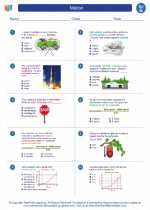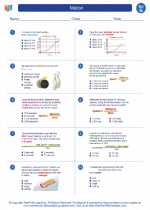Kingdoms in Science
In biology, a kingdom is a taxonomic rank that is composed of smaller groups called phyla (or divisions, in plants). The kingdom is the second highest rank in the hierarchical classification of organisms, with only domain being higher. The current system of kingdom classification was developed by Carl Linnaeus in the 18th century. There are five main kingdoms: Animalia, Plantae, Fungi, Protista, and Monera.
Animalia Kingdom
The Animalia kingdom consists of multicellular, eukaryotic organisms that obtain their food through consumption. They are further classified into various phyla, such as Chordata (which includes vertebrates like mammals, birds, reptiles, amphibians, and fish) and Arthropoda (which includes insects, arachnids, and crustaceans).
Plantae Kingdom
The Plantae kingdom consists of multicellular, eukaryotic organisms that are capable of photosynthesis. This kingdom includes a wide variety of plants, from mosses and ferns to flowering plants and trees.
Fungi Kingdom
The Fungi kingdom consists of eukaryotic organisms that are typically non-motile and obtain nutrients through absorption. This kingdom includes organisms such as mushrooms, molds, and yeasts.
Protista Kingdom
The Protista kingdom consists of diverse, mostly unicellular eukaryotic organisms. This kingdom includes protozoans, algae, and other organisms that do not fit into the other four kingdoms.
Monera Kingdom
The Monera kingdom consists of unicellular organisms that lack a distinct nucleus and other membrane-bound organelles. This kingdom includes bacteria and archaea.
Study Guide
- What are the five main kingdoms in biology?
- Give an example of an organism from each of the five kingdoms.
- What distinguishes the Plantae kingdom from the other kingdoms?
- How are organisms in the Fungi kingdom different from those in the Animalia kingdom?
- Why is the Monera kingdom sometimes referred to as the "prokaryotes"?







